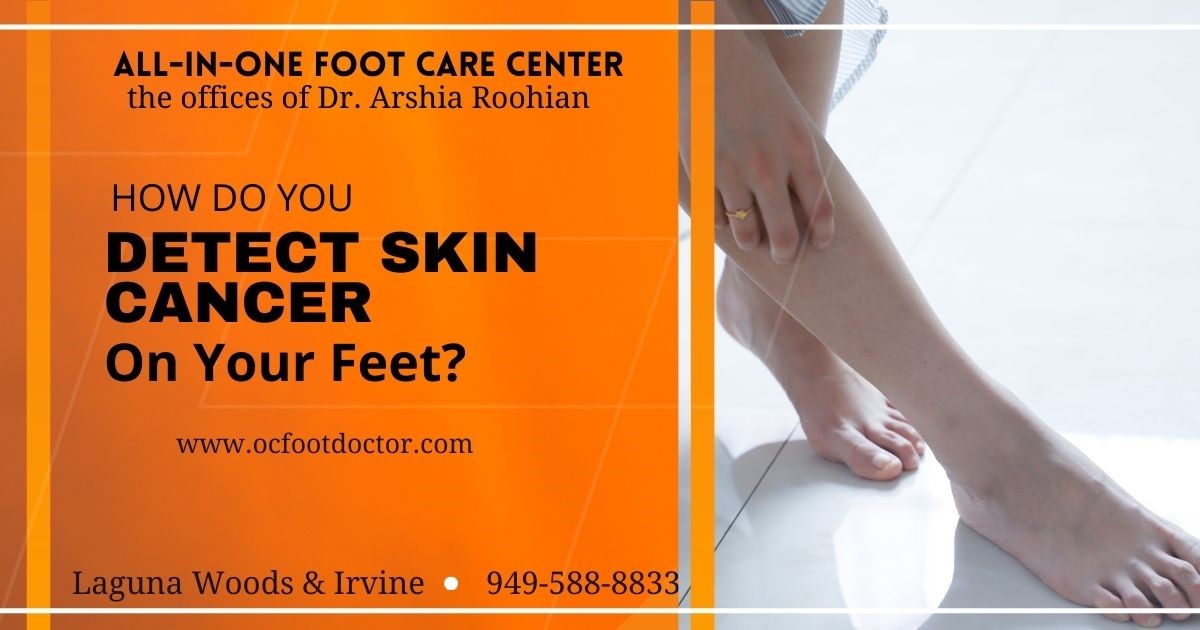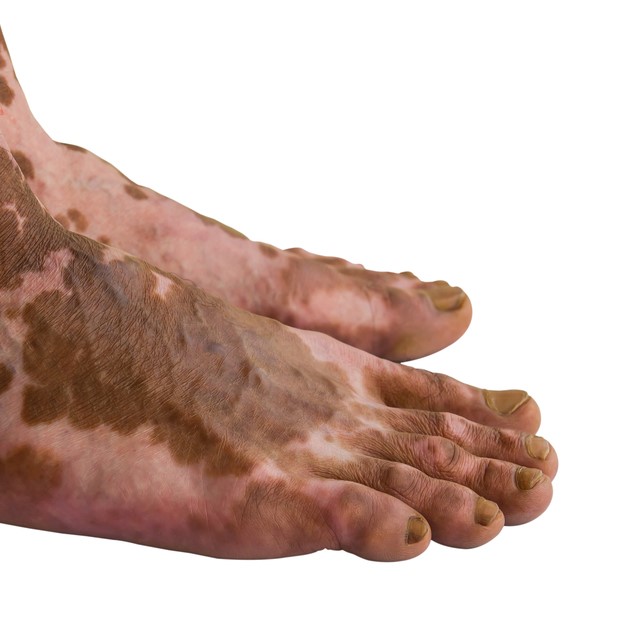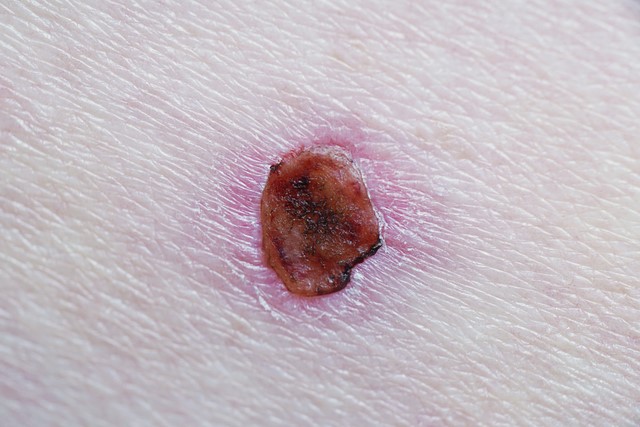How Do You Detect Skin Cancer On Your Feet?


How do you know if your feet have skin cancer? It's worth knowing the warning signs as we head into summer and the sunshine.
Any part of the body can develop skin cancer, including the feet. Overexposure to the sun is widely believed to be the leading cause of skin cancer. In addition to unprotected and prolonged exposure to ultraviolet radiation from sunlight and sunbeds, a number of factors can lead to skin cancer on the feet.
As your feet are often overlooked, skin cancer on your feet can be dangerous. You should be on the lookout for some abnormalities. The majority of them are painless, but they can be deadly.
- The following abnormalities may occur:
- Under the toenail, there is a brown/black vertical line.
- Spots or growths that are pink or red.
- An injury to the foot has resulted in new growth.
- On the foot, the rapid growth of mass is occurring.
- Non-healing wounds.
- Inflammation is caused by viruses, chemicals, and chronic exposure.
-
Traits inherited from parents.
In addition to the features listed above, you may also notice the ABCDEs of melanoma when skin cancer develops on the foot.
ABCDEs of Melanoma
- A = Asymmetry – Not all shapes are symmetrical
- B = Border – How even is this?
- C = Color – How many colors are there?
- D = Diameter – Do you have more than 5mm in the area?
-
E = Elevation – Does it have a raised appearance?
How does skin cancer affect the feet?
The most common type of cancer is basal cell carcinoma (BCC), which results from excessive exposure to ultraviolet radiation from sunlight or sunbeds. As one of the least aggressive cancers, it usually does not spread beyond the skin. The bump/patches may be pearly or white and ooze or crust, with the appearance of an open sore.
How can you tell if your foot has skin cancer? Basal cell carcinoma can be seen in this image.

There are two types of foot cancer: basal cell carcinoma (BCC) and squamous cell carcinoma (SCC). There is usually no spread of this condition beyond the skin. As the disease advances, it becomes more aggressive and can spread throughout the body. An initial sign of this cancer is usually a small bump with a crack or bleeding. There is a possibility that it may be inflamed. A callus-like lesion can form and can be itchy, but it is not painful.
Squamous cell carcinoma of the skin is shown in an image.
Early detection is crucial to survival in malignant melanoma, one of the deadliest forms of skin cancer. Any area of the foot can develop this condition, including under the toenails. It is common to find them on both the soles and tops of the feet. Skin cancer grows deeper as it spreads.
"The Great Masquerader" has many different appearances, which is why it has been dubbed "The Great Masquerader". Brown-black spots or bumps are common symptoms of melanoma. It will be asymmetrical, irregularly shaped, have alterations in colour, and have a diameter over 6mm.
Our Fix Feet location can be found at the following times
There are MASCED (Melanoma And Skin Cancer Early Detection) trained clinicians at We Fix Feet.
There are many differences between skin cancers affecting the feet and those on the rest of the body. The team at We Fix Feet is MASCED trained.
It is important to detect cancer early. After following the ABCDEs as described above, please tell our clinicians about your concern during your We Fix Feet appointment or visit your GP as soon as possible.
It’s always better to get an unusual lesion or blemish referred to Dermatology for diagnosis to rule out skin cancer.
Unsure what’s right for you? Talk to Dr. Arshia Roohian today . You can contact our office at 949-588-8833, or visit our website at https://www.ocfootdoctor.com/. Our offices are located in Laguna Hills, Irvine, Mission Viejo, Aliso Viejo, Lake Forest, Foothill Ranch, and Costa Mesa.


